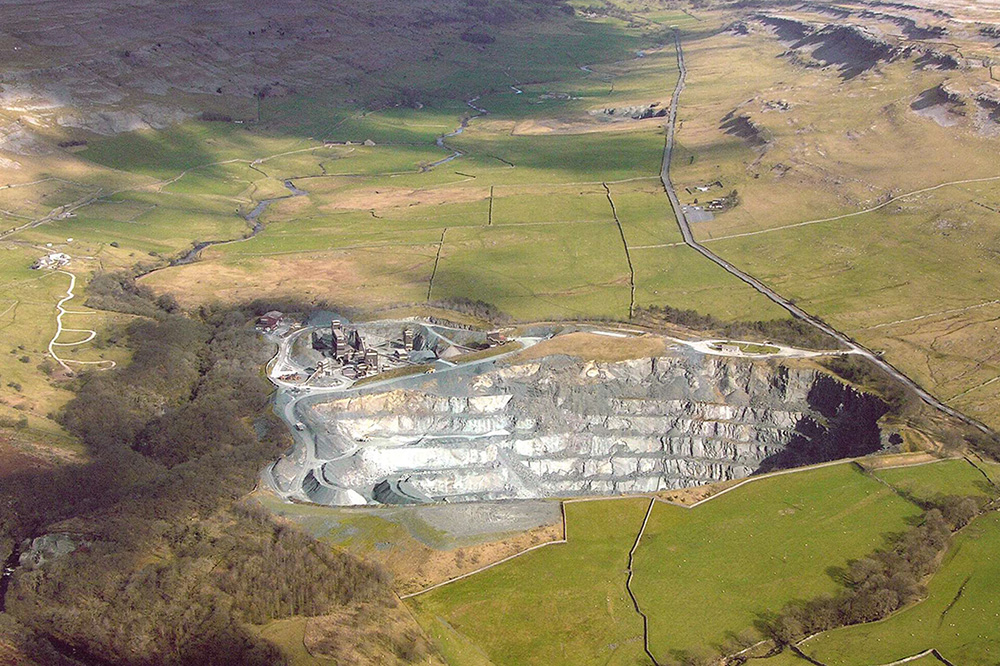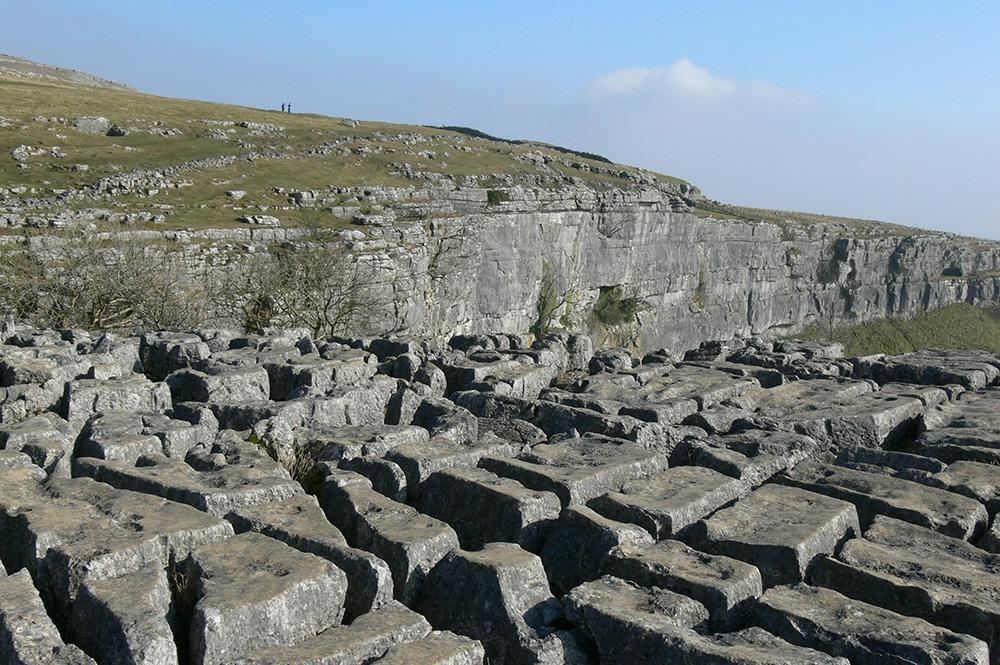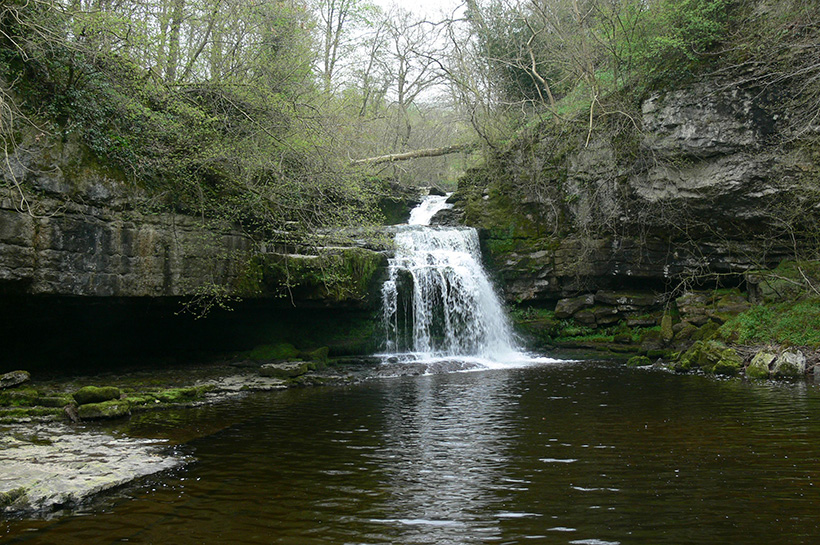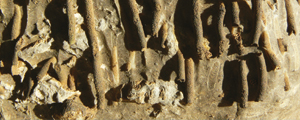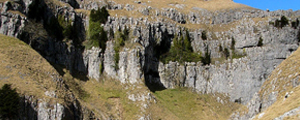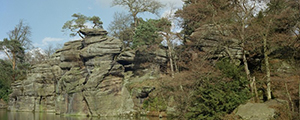 The tropical paradise did not last. By 330 million years ago mud and sand was periodically being washed into the tropical sea from huge river deltas. Over millions of years changes in sea level produced repeated cycles (cyclothems) of alternating beds of limestones, mudstones, sandstones and coals (9). Called the Yoredale cycle (Yoredale Group) by geologists, it lends its name to “Your Dales Rocks Project”!
The tropical paradise did not last. By 330 million years ago mud and sand was periodically being washed into the tropical sea from huge river deltas. Over millions of years changes in sea level produced repeated cycles (cyclothems) of alternating beds of limestones, mudstones, sandstones and coals (9). Called the Yoredale cycle (Yoredale Group) by geologists, it lends its name to “Your Dales Rocks Project”!
 As time progressed, the extent of the river delta systems became greater and thick beds of sandstones, mudstones and coal were laid down (10). Preserved now as the gritstone moors, these rocks (the Millstone Grit Group) occur mainly to the east in Nidderdale AONB. Thin coals occur in the Yoredale Group but are much more extensive in the beds which overlie the gritstones.
As time progressed, the extent of the river delta systems became greater and thick beds of sandstones, mudstones and coal were laid down (10). Preserved now as the gritstone moors, these rocks (the Millstone Grit Group) occur mainly to the east in Nidderdale AONB. Thin coals occur in the Yoredale Group but are much more extensive in the beds which overlie the gritstones.
Late in the Carboniferous, the humid conditions of the tropical deltaic swamps produced the rocks of the Pennine Coal Measures Group, which occur in the south around Ingleton where they are overlain by the red beds of the Warwickshire Group.
 More mountain building, (the Variscan), occurred after the deposition of the Warwickshire Group, during which the rocks were faulted, folded and intruded by mineral veins (11). Mineralisation of faults occurred especially in the North Swaledale, Grassington Moor and Greenhow areas where galena (lead), fluorite, baryte and other minerals were formed. The replacement of limestone by dolomite (dolomitisation) and silica (silicification) occurred in the same area. Then, after the Variscan, for almost 300 million years, the younger rocks were eroded away, taking with them clues to the events that formed them.
More mountain building, (the Variscan), occurred after the deposition of the Warwickshire Group, during which the rocks were faulted, folded and intruded by mineral veins (11). Mineralisation of faults occurred especially in the North Swaledale, Grassington Moor and Greenhow areas where galena (lead), fluorite, baryte and other minerals were formed. The replacement of limestone by dolomite (dolomitisation) and silica (silicification) occurred in the same area. Then, after the Variscan, for almost 300 million years, the younger rocks were eroded away, taking with them clues to the events that formed them.

Photo: Greenhow Quarry – Greenhow Quarry (Nidderdale), the Greenhow Rake mineral vein
